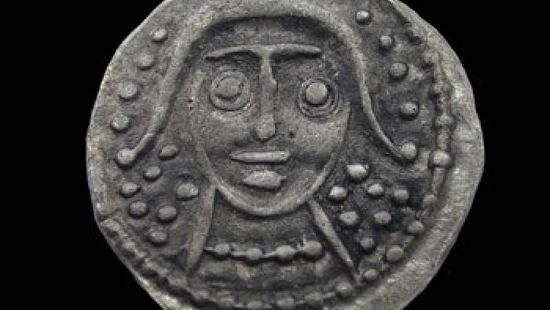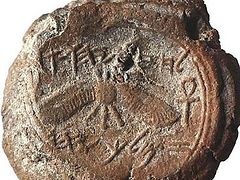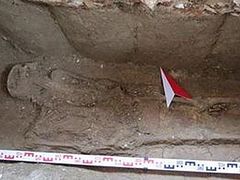Source: FOX News
March 9, 2016
Experts in the U.K. have discovered the remains of an Anglo-Saxon island, which they are touting as a site of huge archaeological importance.
Archaeologists from the University of Sheffield identified the island at Little Carlton near Louth, Lincolnshire. “It is thought the site is a previously unknown monastic or trading centre but researchers believe their work has only revealed an enticing glimpse of the settlement so far,” explained the University of Sheffield, in a press release.
The Anglo-Saxon era in Britain spanned from the 5th to the 11th centuries.
The amazing Lincolnshire discovery was sparked by Graham Vickers, a local man with a metal detector who unearthed a silver stylus from a disturbed plough field. Vickers reported the find to the Portable Antiquities Scheme, which encourages the voluntary recording of archaeological objects found by members of the public.The ornate writing tool, which dates back to the 8th century, was the first of a number of items found at the site.
Artifacts found at the site now include a total of 21 styli, around 300 dress pins, and a huge number of ‘Sceattas,’ which are coins from the 7th-8th centuries. A small lead tablet bearing the letters spelling the female Anglo-Saxon name ‘Cudberg’ was also found.
Hugh Willmott, senior lecturer in European historical archaeology at the University of Sheffield, and Pete Townend, a doctoral student at the university, visited the site to carry out targeted geophysical surveys. The archaeologists also used measured and mapped magnetism in the soil and performed 3D modelling to visualise the landscape on a large scale.
“The imagery showed that the island they had discovered was much more obvious than the land today, rising out of its lower surroundings,” explained the university. “To complete the picture the researchers raised the water level digitally to bring it back up to its early medieval height based on the topography and geophysical survey.”
In an attempt to find out more about life at the site, University of Sheffield students opened nine evaluation trenches, which revealed items indicating that the islands may have been an Anglo-Saxon industrial area. They also found significant amounts of pottery and butchered animal bone.
“Our findings have demonstrated that this is a site of international importance, but its discovery and initial interpretation has only been possible through engaging with a responsible local metal detectorist who reported their finds to the Portable Antiquities Scheme,” said Willmott, in a statement.
A computer-generated timelapse video posted to YouTube by the University of Sheffield shows how the island became part of the modern landscape.




